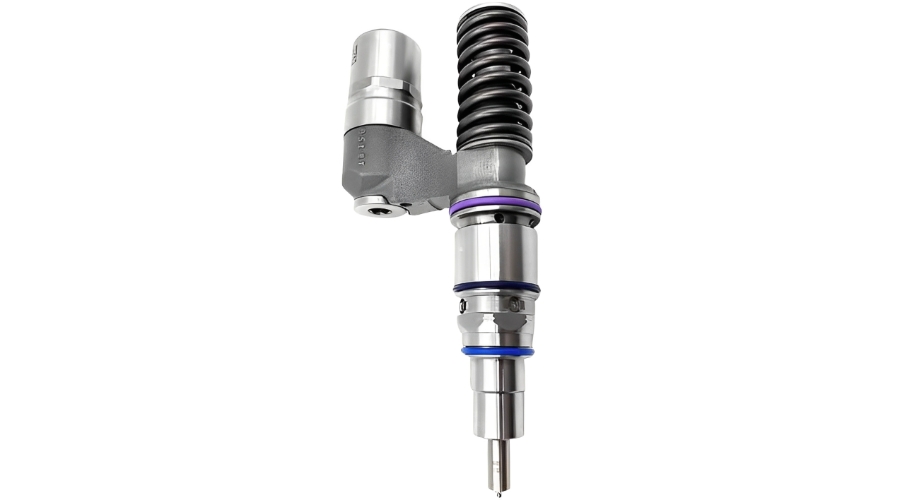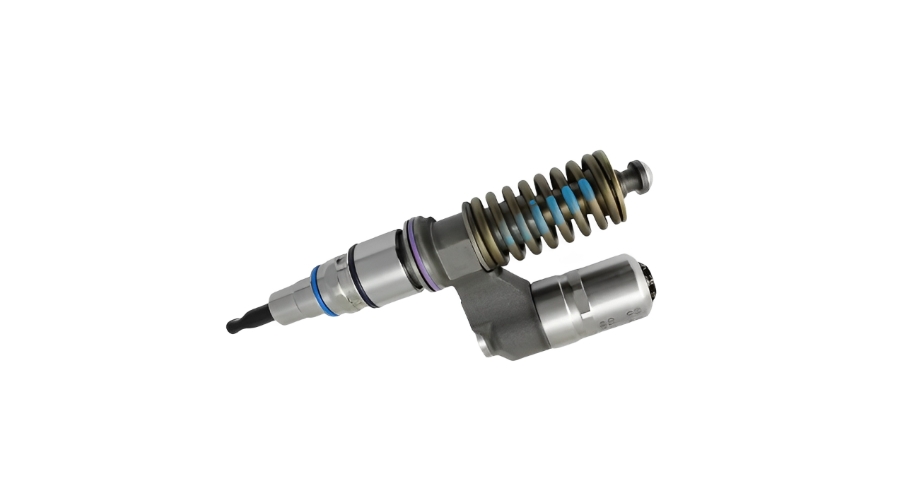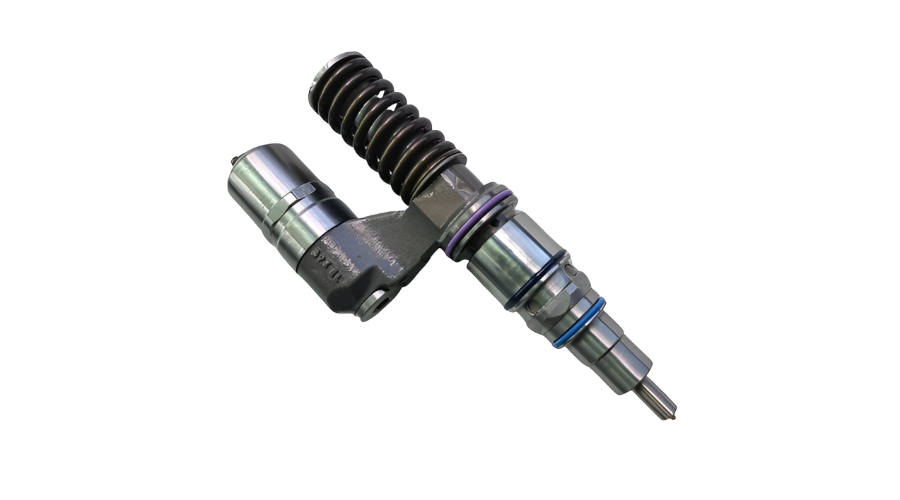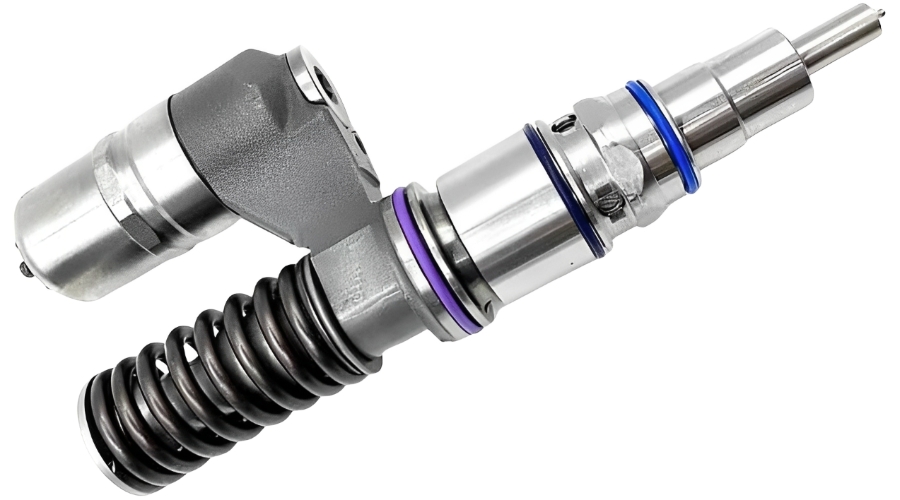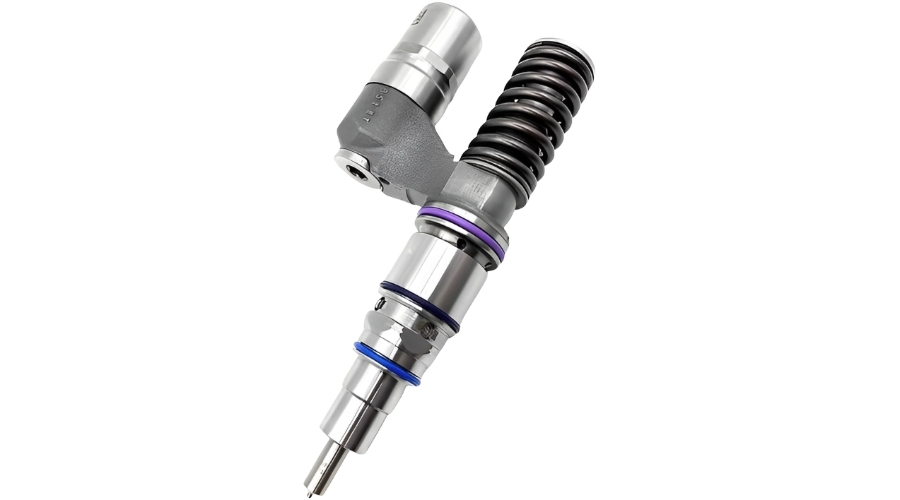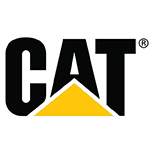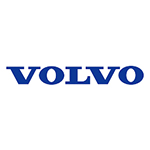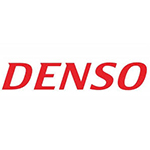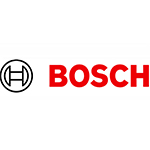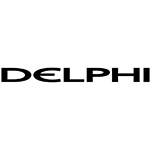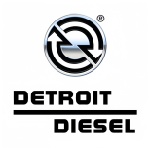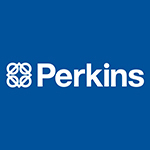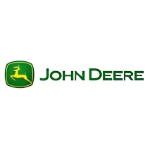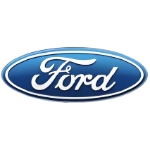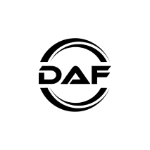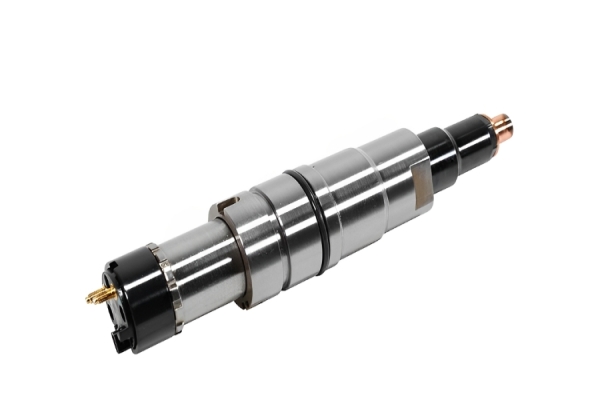Scania Trucks: P, G, R-series with DC9 engines
Industrial/Off-Road: Some Scania industrial engines and marine applications
The Bosch 1730888 fuel injector is a high-precision common rail solenoid injector designed for Scania DC9 engines. Below is a breakdown of its structure and the advantages it offers in terms of performance, efficiency, and durability.
1. Structural Components of the Injector
The injector consists of several key components, each playing a critical role in fuel delivery:
A. Nozzle Assembly
Nozzle Type: Multi-hole VCO (Valve Covered Orifice) or Mini-Sac design.
Spray Holes: Typically 7-8 holes for optimized fuel atomization.
Spray Angle: ~150°–160° for optimal combustion chamber coverage.
B. Solenoid Valve
High-speed solenoid actuator (response time < 0.5 ms).
Precision-controlled by the ECU for multiple injection events (pilot, main, post-injection).
C. Pressure Chamber & Control Piston
Handles extreme pressures (up to 2,500 bar).
Hydraulically balanced for consistent fuel delivery.
D. Filter & Fuel Inlet
Integrated fine filter to prevent debris from entering the nozzle.
High-pressure seal to prevent leaks.
E. Electrical Connector
Bosch EV/HEV-type connector for secure ECU communication.
Low-resistance coil (~0.2–0.5 Ω) for fast actuation.
2. Key Advantages of the Bosch 1730888 Injector
A. High Precision & Fast Response
Solenoid valve enables ultra-fast opening/closing (critical for multiple injections per cycle).
Accurate fuel metering (±1% deviation), improving combustion efficiency.
B. Superior Fuel Atomization
Multi-hole nozzle ensures fine fuel spray, reducing soot and improving emissions.
Optimized spray angle enhances air-fuel mixing, increasing power and efficiency.
C. Durability Under Extreme Conditions
Hardened materials resist wear from high-pressure diesel.
Robust sealing (copper/aluminum washers) prevents leaks.
D. Compatibility with Advanced Engine Management
Supports pilot injection (quieter combustion) and post-injection (DPF regeneration).
Programmable correction codes ensure precise fueling across all cylinders.
E. Reduced Emissions & Better Fuel Economy
Cleaner combustion lowers NOx and particulate emissions.
Optimized injection timing improves fuel efficiency by 3–5% compared to older injectors.

